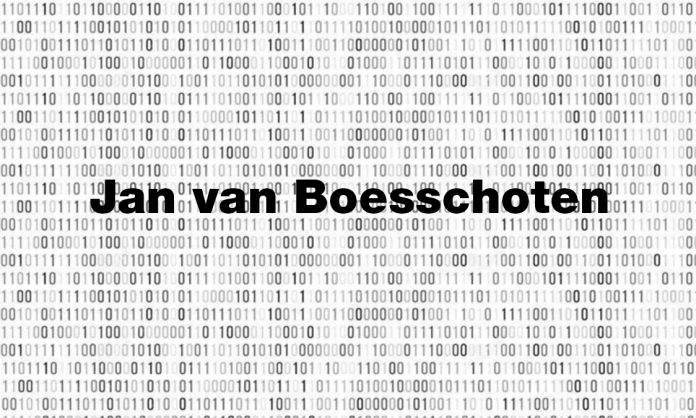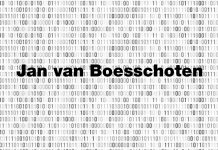“Imagine” is not only one of John Lennon’s best songs but also one of our most powerful tools in our toolkit for being human. Imagination allows us to dream, but it also enables us to understand complex concepts such as quantum superposition. As Wikipedia will tell you: “Superposition is a fundamental principle in quantum mechanics describing how a quantum system, such as an electron, photon, or qubit, can exist in multiple states simultaneously until it is measured.” Although this is a well-described concept to me, I couldn’t reliably or repeatedly grasp it on a gut level until recently. Collateral side effect: we can let Schrödinger’s cat out of the box to carry on its life. However, let’s first explain the concept of superposition.
In the digital world, everything is built up from bits. A bit is a zero or a one, indicating whether an electronic signal is on or off. A qubit is a quantum bit that can be a zero and a one at the same time, including everything in between. This is called superposition. However, when you measure the value of a qubit, it collapses and becomes either a one or a zero. To explain the possibility of being both one and zero at the same time, Schrödinger’s cat is often used as an example. Erwin Schrödinger (1887–1961) was a theoretical physicist and winner of the Nobel Prize in 1933 for his work in quantum mechanics. In 1935, he made his cat famous with the following thought experiment:
A cat is penned up in a steel chamber, along with the following device (which must be secured against direct interference by the cat): in a Geiger counter, there is a tiny bit of radioactive substance, so small that perhaps in the course of the hour one of the atoms decays, but also, with equal probability, perhaps none; if it happens, the counter tube discharges and through a relay releases a hammer that shatters a small flask of hydrocyanic acid. If one has left this entire system to itself for an hour, one would say that the cat still lives if meanwhile no atom has decayed. The psi-function of the entire system would express this by having in it the living and dead cat (pardon the expression) mixed or smeared out in equal parts.”
Over time, Schrödinger’s cat has come to symbolise the quantum notion that an object in superposition can exist in a blend of multiple states (such as zero and one and everything in between) simultaneously; when observed (i.e., measured), the system randomly “collapses” to a single outcome, either zero or one. Once you open the box, you find the cat dead or alive.
Obviously, Schrödinger didn’t have a cat. First, try to put a cat in a metal box. Secondly, once succeed, you will definitely hear whether the cat is alive or not. Furthermore, the pissed off cat will trigger the hammer to shatter the flask with poison. In other words, my hands-on attitude and the cats in my life prevented me from fully understanding the true impact of the concept of quantum superposition. Luckily, Mo Gawdat has recently done so.
Mo Gawdat was a guest on Steven Bartlett’s podcast, The Diary of a CEO. Here, Mo used the gaming metaphor to explain superposition. When you start up a game, all possible game-play outcomes are present in the game. As soon as you start playing, only one play becomes real, and all other possibilities for that specific moment in the game disappear. In his words:
It’s like gaming — you’re at a crossroads, and every possible path, every character upgrade, every quest branch, is a potential reality that exists at once. But when you make a choice, you collapse that superposition: only the path you take materialises, the rest fade away.
Imagine that all possible outcomes are searchable. Instead of trying something, failing and trying again, you can design an algorithm that metaphorically finds the fastest and most successful way to the end of the game. Imagine not only seeing the 2D representation of the game on your screen, but also the paths you need to walk to achieve your desired results. Imagine, because we have to wait an undefined number of years for this to become reality. In the meantime, we can set Schrödinger’s cat free — a good start. Thanks to Mo.













